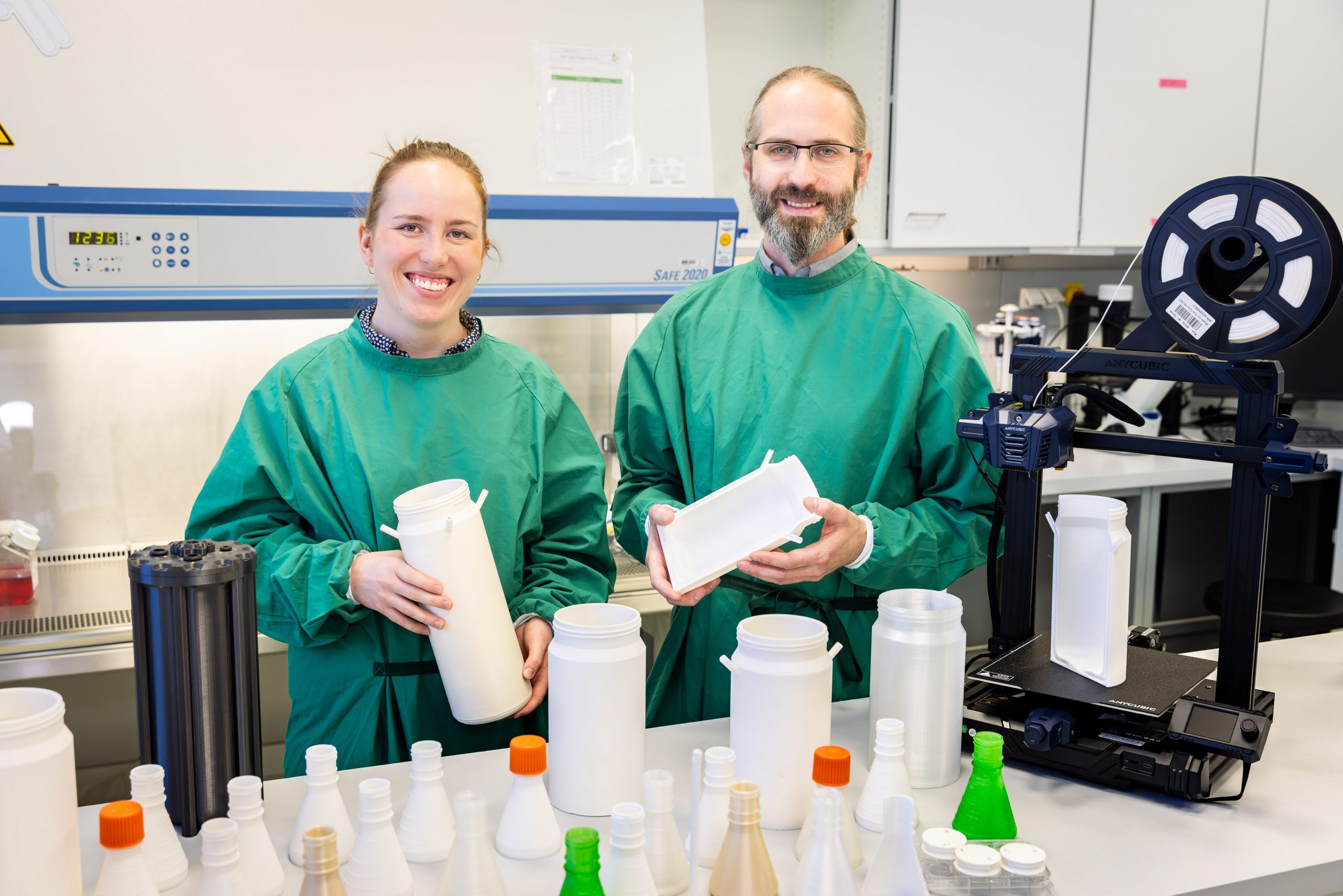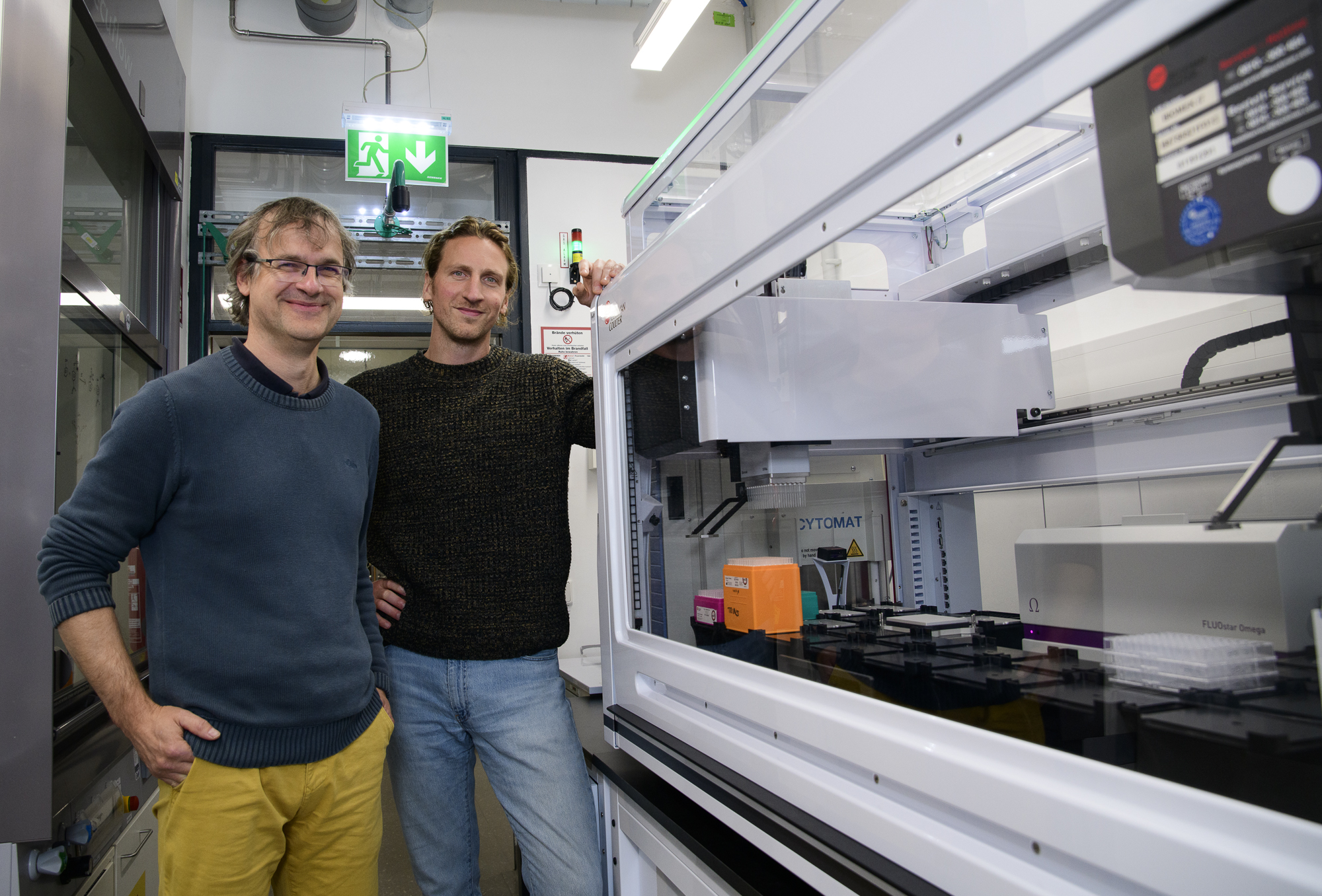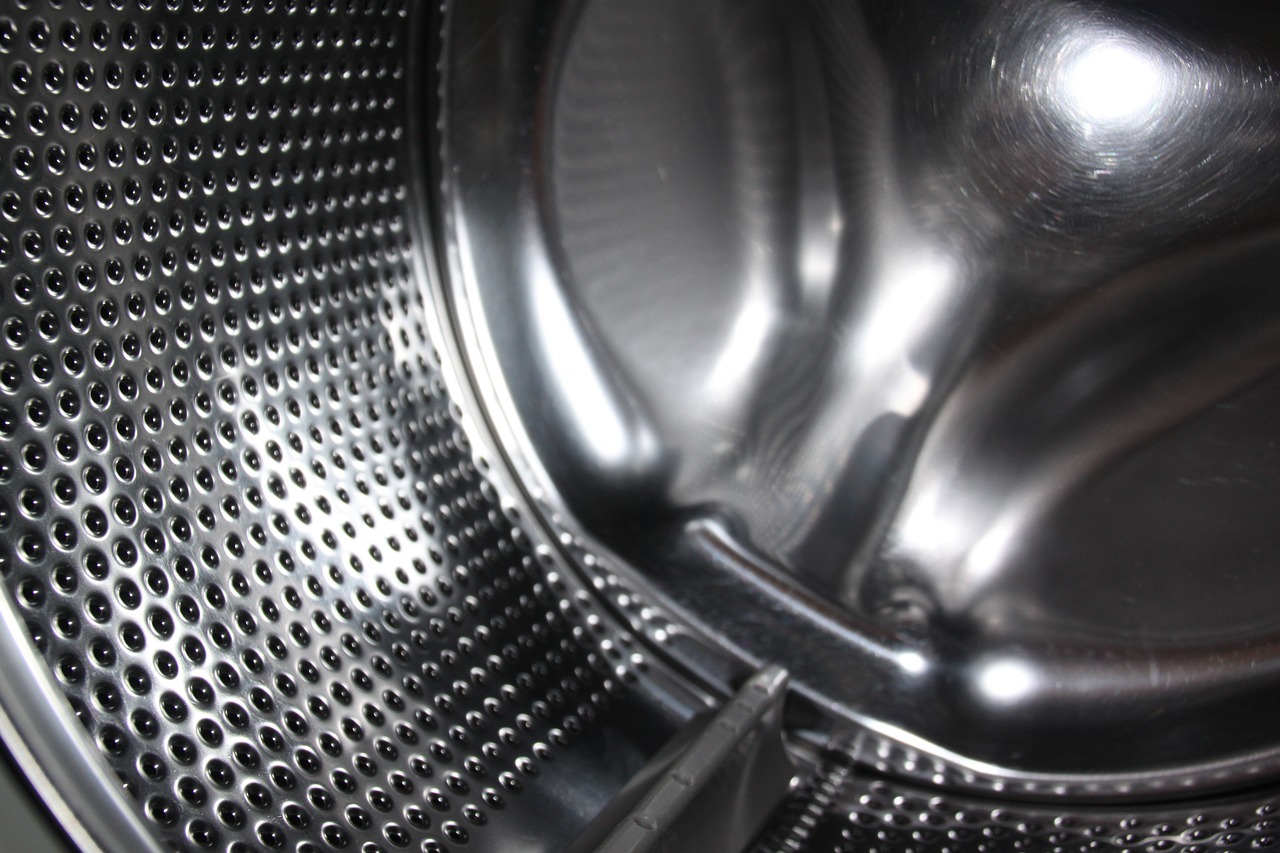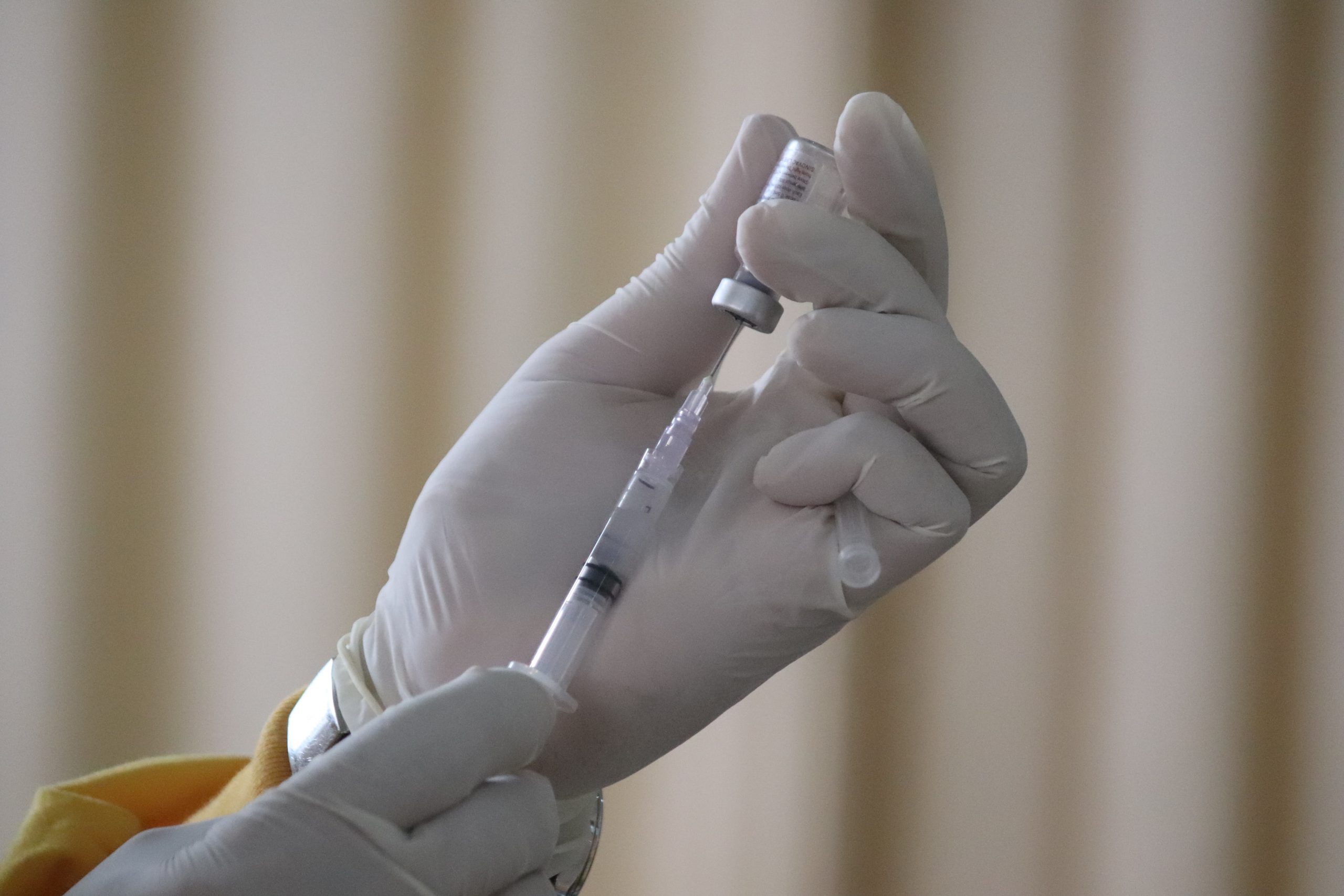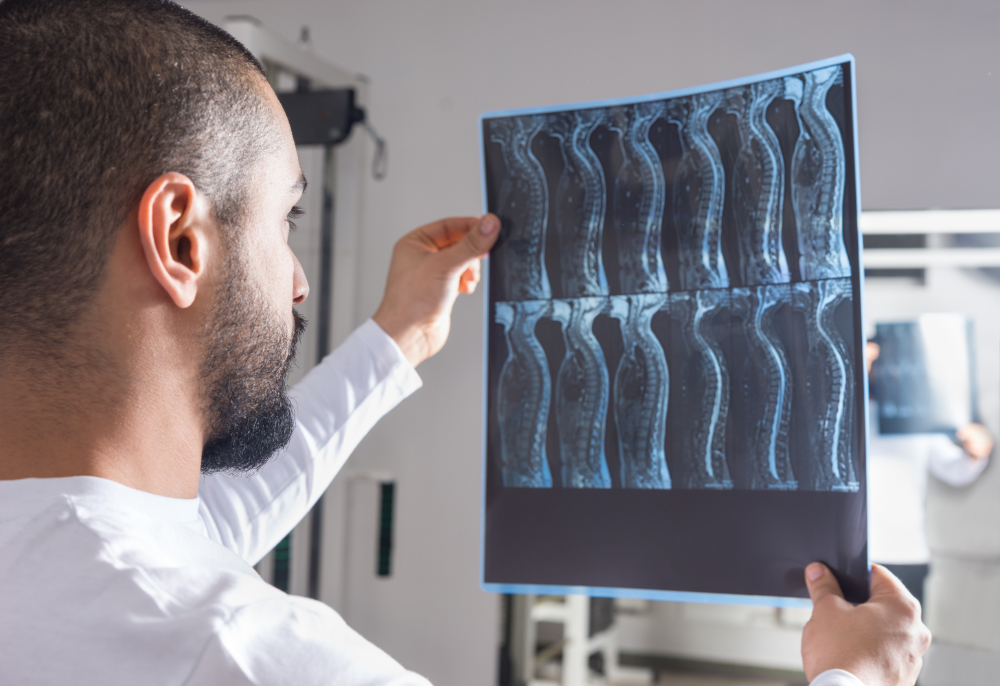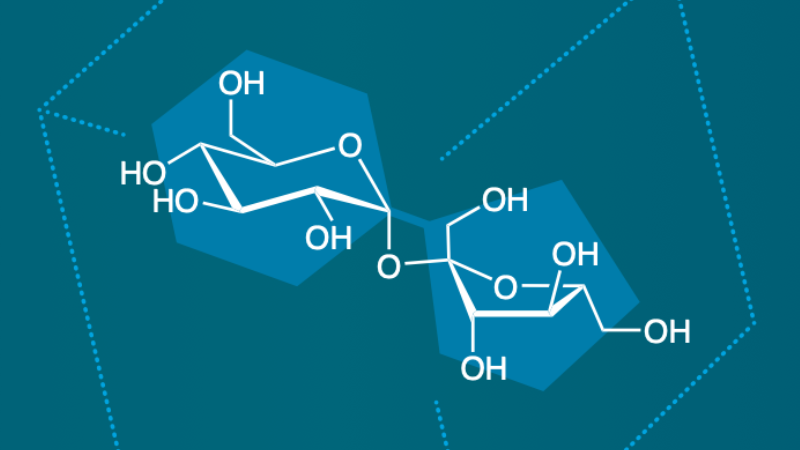
Decoding the Cellular Symphony: The Marvels of CHO-Cell Technology in Biopharmaceuticals
In the vast realm of biopharmaceuticals, where science meets innovation, a microscopic hero has emerged—Chinese Hamster Ovary (CHO) cells. These unassuming cells have become the unsung champions of our quest for groundbreaking therapies, weaving a tale of genetic intricacies and

